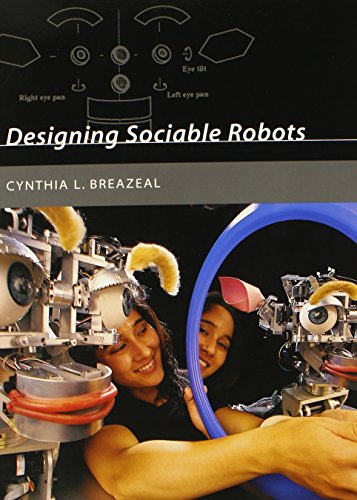Roy Ascott (ed.): Art, Technologies, Consciousness: mind@large (2000)
Filed under book | Tags: · architecture, art, artificial life, computer music, consciousness, interactivity, metaphysics, music, perception, performance, quantum mechanics, robotics, semiotics, synaesthesia, technoetics, technology, telematics

Within a technological context, this volume addresses contemporary theories of consciousness, subjective experience, the creation of meaning and emotion, and relationships between cognition and location. Its focus is both on and beyond the digital culture, seeking to assimilate new ideas emanating from the physical sciences as well as embracing spiritual and artistic aspects of human experience.
Developing on the studies published in Roy Ascott’s successful Reframing Consciousness, the book documents the very latest work from those connected with the internationally acclaimed CAiiA-STAR centre and its conferences. Their artistic and theoretical research in new media and art includes aspects of:
• artificial life
• robotics
• technoetics
• performance
• computer music
• intelligent architecture
• telematic art
With profound insights for those in fields of Art, Media and Design – both academics and professionals — this book will also provide new ideas for software designers working on material to be used by the arts community.
Publisher Intellect Books, 2000
ISBN 1841500410, 9781841500416
204 pages
PDF (updated on 2012-7-24)
Comment (1)John Johnston: The Allure of Machinic Life. Cybernetics, Artificial Life, and the New AI (2008)
Filed under book | Tags: · abstract machine, artificial intelligence, artificial life, cellular automata, connectionism, cybernetics, genetic algorithms, robotics, swarm intelligence

“In The Allure of Machinic Life, John Johnston examines new forms of nascent life that emerge through technical interactions within human-constructed environments—”machinic life”—in the sciences of cybernetics, artificial life, and artificial intelligence. With the development of such research initiatives as the evolution of digital organisms, computer immune systems, artificial protocells, evolutionary robotics, and swarm systems, Johnston argues, machinic life has achieved a complexity and autonomy worthy of study in its own right.
Drawing on the publications of scientists as well as a range of work in contemporary philosophy and cultural theory, but always with the primary focus on the “objects at hand”—the machines, programs, and processes that constitute machinic life—Johnston shows how they come about, how they operate, and how they are already changing. This understanding is a necessary first step, he further argues, that must precede speculation about the meaning and cultural implications of these new forms of life.
Developing the concept of the “computational assemblage” (a machine and its associated discourse) as a framework to identify both resemblances and differences in form and function, Johnston offers a conceptual history of each of the three sciences. He considers the new theory of machines proposed by cybernetics from several perspectives, including Lacanian psychoanalysis and “machinic philosophy.” He examines the history of the new science of artificial life and its relation to theories of evolution, emergence, and complex adaptive systems (as illustrated by a series of experiments carried out on various software platforms). He describes the history of artificial intelligence as a series of unfolding conceptual conflicts—decodings and recodings—leading to a “new AI” that is strongly influenced by artificial life. Finally, in examining the role played by neuroscience in several contemporary research initiatives, he shows how further success in the building of intelligent machines will most likely result from progress in our understanding of how the human brain actually works.”
Publisher MIT Press, 2008
ISBN 0262101262, 9780262101264
461 pages
PDF (updated on 2012-10-31)
Comment (0)Cynthia L. Breazeal: Designing Sociable Robots (2002)
Filed under book | Tags: · artificial intelligence, robotics

“Cynthia Breazeal here presents her vision of the sociable robot of the future, a synthetic creature and not merely a sophisticated tool. A sociable robot will be able to understand us, to communicate and interact with us, to learn from us and grow with us. It will be socially intelligent in a humanlike way. Eventually sociable robots will assist us in our daily lives, as collaborators and companions. Because the most successful sociable robots will share our social characteristics, the effort to make sociable robots is also a means for exploring human social intelligence and even what it means to be human.
Breazeal defines the key components of social intelligence for these machines and offers a framework and set of design issues for their realization. Much of the book focuses on a nascent sociable robot she designed named Kismet. Breazeal offers a concrete implementation for Kismet, incorporating insights from the scientific study of animals and people, as well as from artistic disciplines such as classical animation. This blending of science, engineering, and art creates a lifelike quality that encourages people to treat Kismet as a social creature rather than just a machine.”
Publisher MIT Press, 2002
ISBN 0262524317, 9780262524315
281 pages
PDF, PDF (updated on 2014-9-14)
Comment (0)
